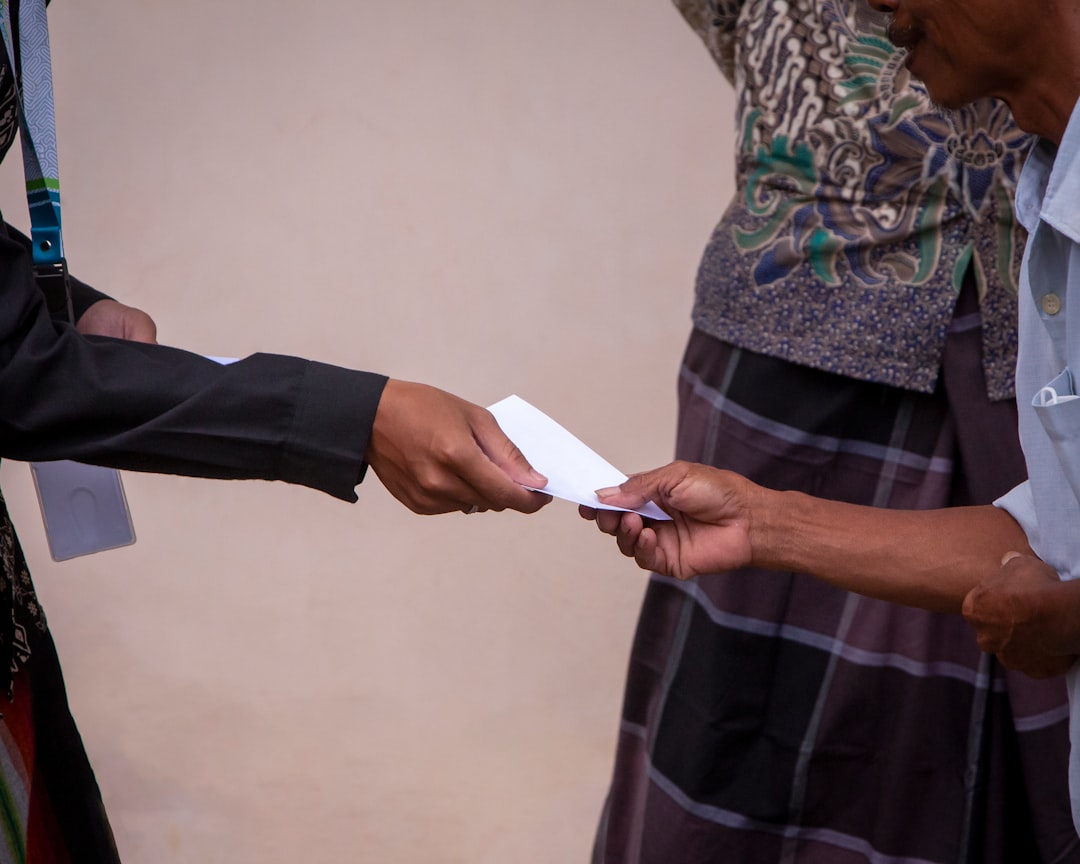Related
Essential Culture Practices for Holistic Well-being
A comprehensive guide to understanding Essential Culture Practices for Holistic Well-being and incorporating these practices into your daily...
Popular topics
03 min reading in—Culture
Unlock the ancient wisdom of holistic healing with secrets from diverse cultures around the globe. This blog post delves into traditional practices that promote wellness and balance, from Ayurvedic rituals to Native American ceremonies. Transform your health journey with proven methods that nurture body, mind, and spirit, all while celebrating global interconnectedness.

In a world where modern medicine often takes center stage, there's a growing appreciation for the more holistic approaches to wellness rooted in various global cultures. These traditions, steeped in centuries of wisdom and practice, offer valuable insights into achieving balance in both mind and body. Join me on a journey to explore these fascinating healing secrets and discover how you can incorporate them into your wellness routine!
Holistic wellness is all about treating the whole person—mind, body, and spirit—rather than just the symptoms of a disease. This approach looks at underlying causes and promotes a balanced lifestyle. Across the globe, different cultures have perfected unique practices for holistic healing, often involving natural remedies, spiritual traditions, and lifestyle adjustments. This post will explore some of these ancient methods, including Ayurvedic practices from India, Traditional Chinese Medicine, Native American herbalism, and Scandinavian mind-body therapies.
Originating in India over 3,000 years ago, Ayurveda is often referred to as the “Science of Life.” This holistic approach to health focuses on achieving balance in the body through diet, herbal treatments, and yogic breathing techniques.
Central to Ayurvedic philosophy is the concept of the doshas: Vata, Pitta, and Kapha. Each dosha represents particular elements and personality characteristics. Here are some tips to maintain dosha balance:
Ayurveda utilizes an extensive array of herbs and spices to treat various ailments. These include turmeric for its anti-inflammatory properties, ashwagandha to reduce stress, and neem for its detoxifying effects.
Traditional Chinese Medicine (TCM) has been practiced for thousands of years and is based on the belief that health results from the harmonious balance of the body's vital energy or "Qi."
Acupuncture involves inserting thin needles into the body at specific points to restore energy flow, alleviate pain, and promote healing. However, if needles aren't your thing, acupressure offers a non-invasive alternative using finger pressure to achieve similar results.
TCM leverages a wide range of herbal compounds from the roots, leaves, and seeds of plants. Ginger, ginseng, and astragalus are among the most popular herbs used in addressing issues from digestive problems to energy deficiencies.
These slow, flowing exercises are not only excellent for improving physical health by enhancing flexibility and strength, but they also encourage mental clarity and reduce stress through meditation and controlled breathing.
Native American cultures have long revered the earth’s natural resources for their healing properties. Herbs and plants play a prominent role in their traditional medicine, with each having specific uses.
Cedar, sage, and sweetgrass are commonly used in smudging rituals—burning the herbs to purify space. These practices are believed to cleanse negative energy and invite spiritual healing.
Sweat lodges are a ceremonial practice aimed at spiritual purification and emotional release. Participants enter a small, enclosed structure where heated stones create steam, facilitating detoxification and deep introspection.
Scandinavia offers a unique take on holistic wellness, emphasizing a connection with nature and a balanced lifestyle.
Hygge, a Danish word, translates to a feeling of coziness and contentment. Bringing this into your life involves creating warm and inviting spaces, spending quality time with loved ones, and practicing gratitude daily.
Meaning "open-air living," friluftsliv is about spending time in nature regardless of weather, which has numerous psychological benefits, including reduced stress levels and improved mood. Try incorporating daily walks, hikes, or even outdoor yoga into your routine.
Integrating the secrets of holistic healing from various cultures can enrich and enhance your wellness journey. Whether it's adopting Ayurvedic practices, exploring Traditional Chinese Medicine, learning from Native American herbal traditions, or embracing Scandinavian lifestyle philosophies, there's a world of wisdom to discover and apply. Each culture offers valuable lessons that remind us of the importance of balance, nature, and mindfulness in our lives. So go ahead, experiment with these practices, and unlock the potential for a healthier, more harmonious life!
Take the first step today! Which practice resonates most with you, and how will you incorporate it into your holistic wellness journey? Share your thoughts in the comments below! 🌿
Related
A comprehensive guide to understanding Essential Culture Practices for Holistic Well-being and incorporating these practices into your daily...
Related
Unlock the secrets of ancient healing with "Discover the Healing Power of Global Wellness Rituals." Dive into time-honored practices from around...
Related
Discover the power of timeless traditions in "Unlocking Ancient Wisdom: Cultural Practices for Holistic Wellness." Dive into global rituals and...